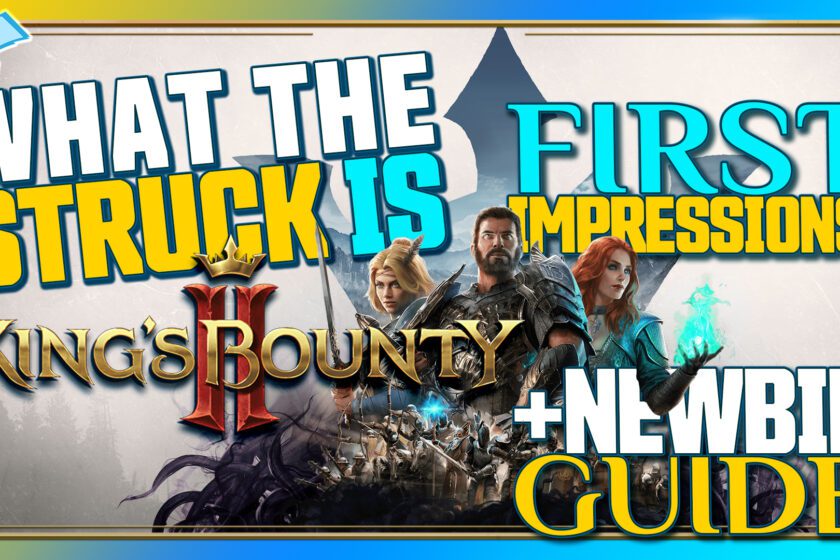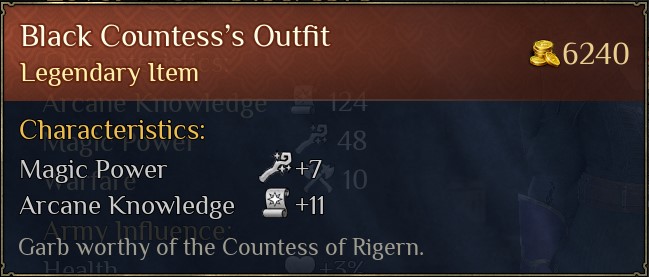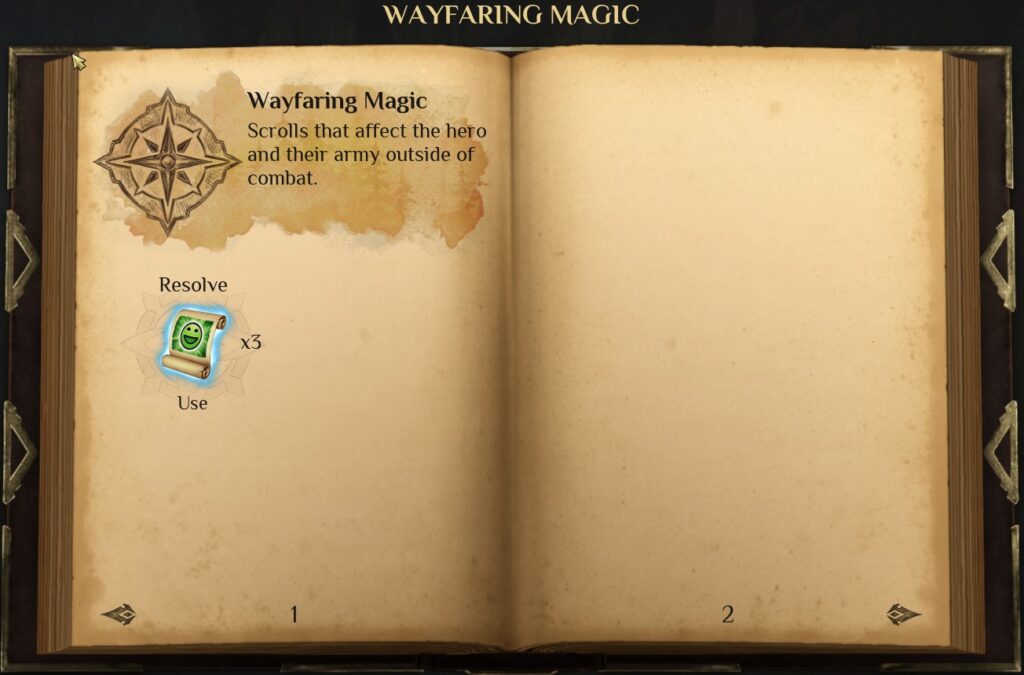What The STRUCK is King’s Bounty II?
(the sequel to the acclaimed King’s Bounty strategy-rpg, this time with immersive 3rd person exploration while keeping the tactical turn-based combat)
♦ ◊ ♦ ◊ ♦
King’s Bounty II launched on Aug 24, 2021 and fuses turn based tactical combat with 3rd person semi-open world exploration. It retains some of the DNA that gave King’s Bounty a Heroes of Might & Magic or Age of Wonders feel while also getting a more immersive exploration via the 3rd person angle. The new camera angle gives questing & exploring a more personal feeling while the turn-based combat and army management contains the strategy/tactical genes that made us love the predecessor. This video shares my personal thoughts after playing for several hours & can also serve as a user guide that explains the game’s systems & mechanics to new players.
Video Version:
The Story:
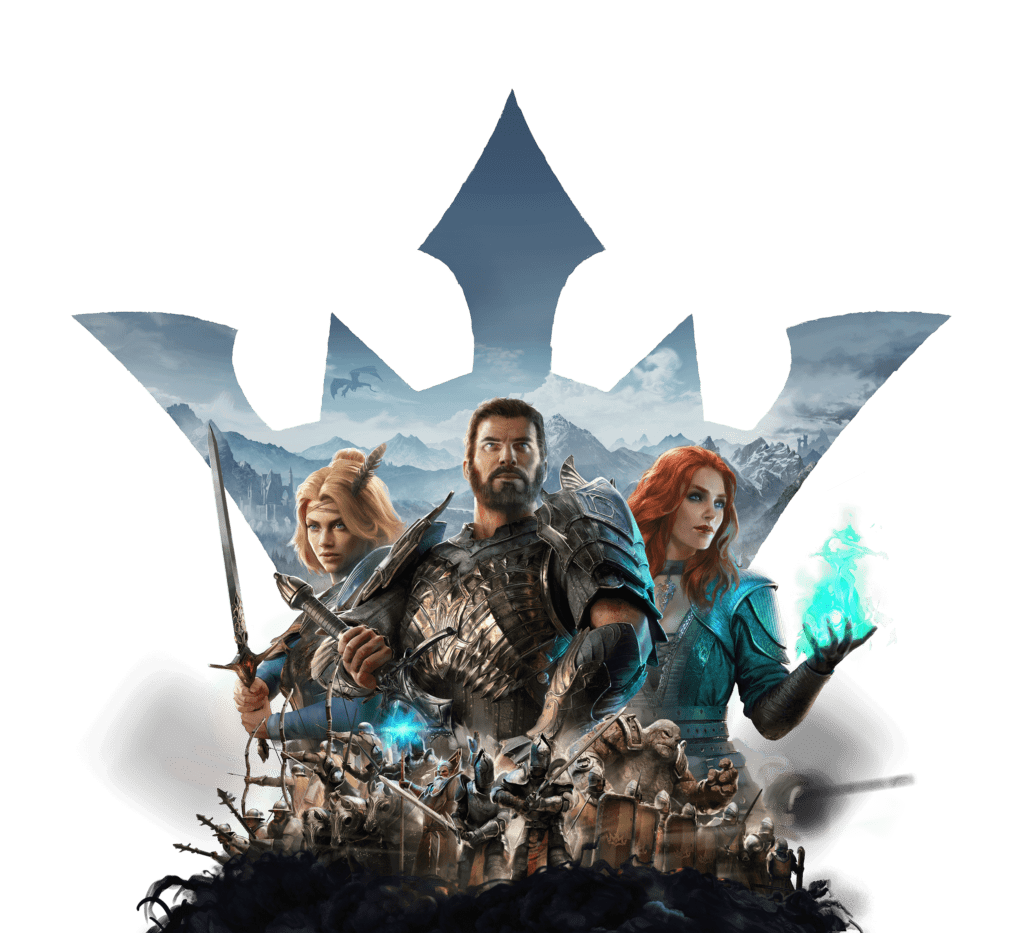
Without spoiling or revealing too much: You will pick one of 3 heroes: Aivar the Warrior, Katharine the Mage, or Elisa the Paladin that each have a starting set of talent some of which you can not unlearn even after a respec. The game describes them as follows: the warrior “has average leadership” but is “incapable of using magic”, the mage “uses the most powerful spells”, while the paladin “can recruit the largest number of units in the shortest amount of time”. The first one is pretty straightforward while the other two are kind of vague as to what distinguishes the class from others. Will a paladin not be able to learn Rank 3 spells or will the paladin not be able to learn some special spells that only the mage can learn? Will the Paladin have more leadership points per levelup? I guess one will have to play with all 3 to find this out.
Once you’ve picked your hero you’ll start in a prison (you’re the prisoner btw) and someone will bring you the news that they want you do to a mission for somebody important (not revealing who is getting us out of the prison to work for them but you can imagine it’s someone with the authority to do so). This starts us on a journey to discover who and why framed us and put us in prison while uncovering a conspiracy in the kingdom. Here’s is some of the official lore background:
Darkness descends over the world of Nostria. Conspiracies, sabotage, and necromancy are overshadowing the country. But maybe a saviour – the kingdom’s last hope – is already here, to fight back and finally restore peace and order in Nostria!
With the kingdoms in disarray, counties demanding independence, bandits prowl the roads, all the overseas nations have denied the King’s authority over them, and blighted creatures lie in wait for the unwary, new accidental heroes emerge as a last hope.
They are determined to bring order to the chaos. Play as one of them, recruiting, developing, and commanding your personal army on a non-linear adventure of betrayal, sacrifice, and survival. Fighting for your own future, outsmarting enemy in uniquely turn-based combat, making difficult decisions, and experience the intensity of one of the classic sagas in an exciting new way.
Quoted from the Official Game Website
Combat:
The game’s combat is the turn-based tactical combat that we’ve loved from games such as King’s Bounty the Heroes of Might and Magic series or the Age of Wonders series. Each side has up to 5 army stacks (in rare quest cases there might be more than 5 on our side often as allies & outside of out control).
And it starts with a placement phase where 1 can decide on which tile to place each of our units from the first two rows of hexes on our side.
After that comes battle phase which is turn-based with a twist – Initiative decides which unit of which side goes first. So, even tho we have rounds and each unit attacks once per round (some passive talents can let you attack twice but without moving) and move once per round based of that unit’s Speed. So it might be back and forth between out army and the opponent’s army each round if we have units with less Initiative than the enemy units. In other similar games 1 side will have a turn and use all their units then the second side gets their turn but in King’s Bounty II the Initiative system adds an extra layer of depth to consider. There are also more things to consider such as unit counterattacking once per round (twice wit ha certain passive talent) and that melee units have a “control zone” that lets them attack adjacent enemies who try to disengage and move away from them.
Apart from that players will also get to cast one spell per round (there’s a passive talent that lets you cast two per round) and with the help of the right one you can tilt the scales in your favour.
Map & the World:
The story will start in the Albian Highlands and eventually move to the Crown Lands. I’ve taken a screenshot of around 1/3 of the Albian highlands explorable zone and tried to piece together 3 separate screenshots into 1 to give you an idea of what the Crown Lands look like.
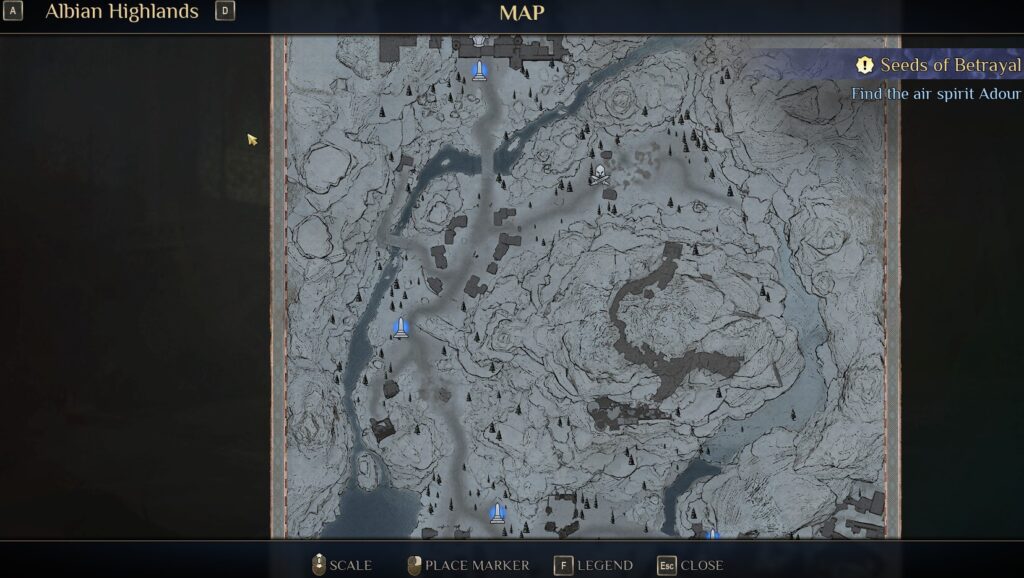
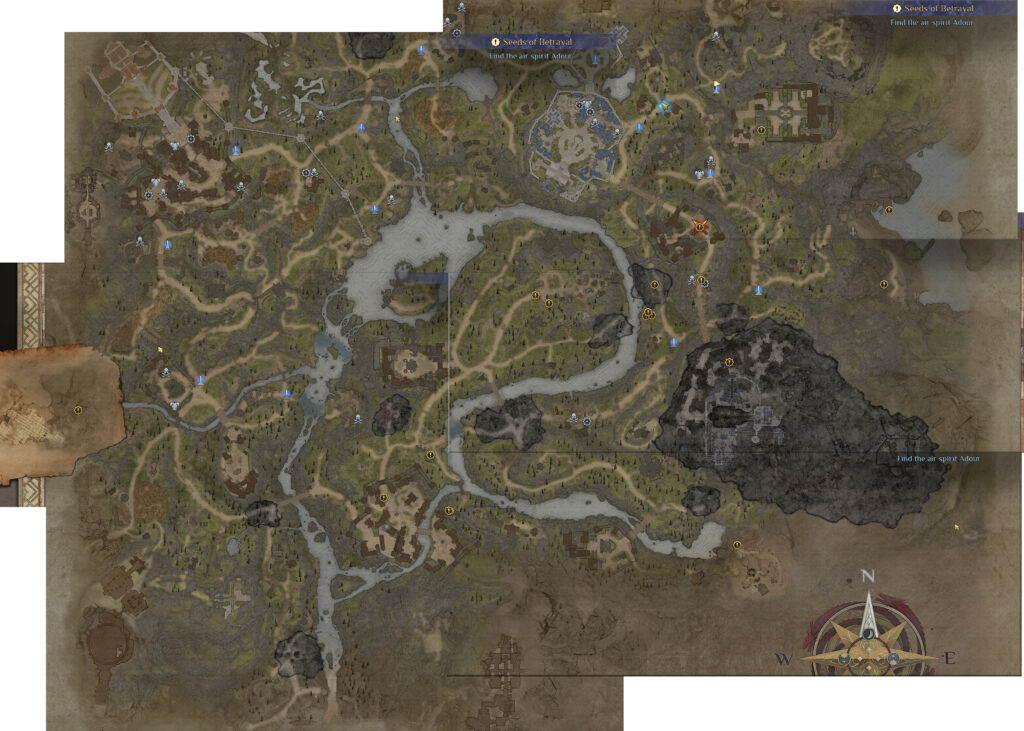
Around the map you’ll encounter various outpost with a plethora of colorful characters from whom you can receive quests as well as traders and army/unit ‘merchants’ (recruitment spots as I like to call them). Some parts of the map would require you to clear the way from a horde of undead, a pack of beast, or a bunch of thieving bandits. Those can be roadblocks, bridges or other places where there won’t be a way of going around if one want to pass to the next parts of the map. You will also see icon on the map that indicate lootable spots that you have passed near but not looted yet.
Itemization:
There are 12 hero gear slots: main hand + offhand (2-handed item use both slots), helmet, chest armor, gloves, boots, belt, amulet, two ring slots, a trinket/charm + a horse/mount related slot that I have not found an item for.
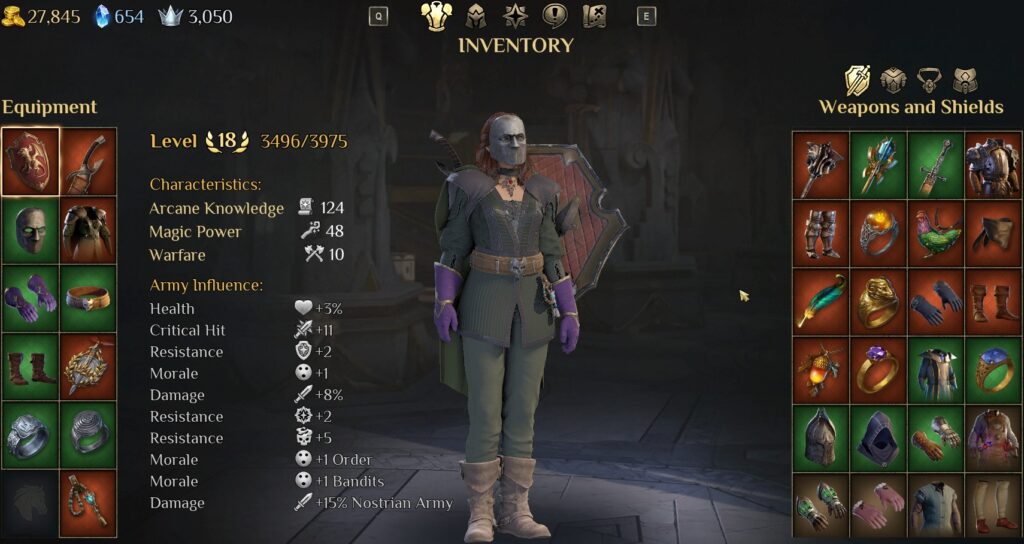
There are various item rarities and I’ve so far found 4 rarities but there may be more. I’ve seen white/grey – Common, green – Uncommon, blue – Rare, and orange/brown – Legendary. It seems like there might be another rarity between Rare & Legendary but that’s just my guess. Apart from rarities to consider there are also various sets and those are not limited to Legendary gear as I’ve seen sets go as low as Uncommon rarity. Al item will provide boost to various stats (see more about those below) but there are several items (split into 3 different sets) that you obtain from a quest chain that will grant you negative affixes (see the screenshot of the mace below) but reward you with a lot of positive stats + a unique set bonus that some builds might want to consider. So far those items (from the “Trials” quest) have been the only items with negative affixes on them.
There are also 2 categories of stats. Characteristics that grants you indirect boosts to the army by boosting your hero’s stats (which then boost the army) and Army Influence which provides a direct boost to your army units.
Characteristics has the following 3 stats:
- Arcane Knowledge – increases the maximum mana one can use per turn to cast spells as well as being requirement for learning certain spells, upgrading spells or even learning certain talents
- Magic Power – boost the damage of your spells and each 75 points here will also boost the duration of damage-over-time effects by 1 turn
- Warfare – boosts the damage of your army units
Army Influence may list various stats (based on what you’ve equipped) such as:
- Health – both flat +X and a percentage +X% exist here
- Critical Hit – flat +X exists here and each 1 flat critical = 1% critical chance to every army unit
- Armor – flat +X exists here and each 1 armor seems to give 1% physical dmg reduction
- Resistances – flat +X exists here and it seems that each 1 flat = 1%. This can either be general resistance to magic & elemental or a specific resistance to a certain element like magic only, poison/acid only or fire only, etc.
- Morale – flat +X and it can either be general for all types of units or for specific type of units (see the screenshot above where i have +1 to all and two more +1 to Bandits & to Order)
- %Damage – +X% exists here and it can either be general for all types of units or for specific type of units (see the screenshot above where i have +8% to all and +15% to Nostrian Army)
- Various Other Things
There are other things such as Leadership that do not get listed under either of those categories but are still obtained from gear.
Army & Units + Leadership System:
There are 5 stack slots in your army and each stack can go up to either 10 or 5 based on the unit’s “size”. I also think that some units like Dragons might be limited to 1 unit per stack. Before talking about all of the units’ stacks it will be best to talk about the Leadership system.
The Leadership system allows you to gain leadership every time your hero levels up as well as from various items & from one passive talent (under Order). How much leadership your hero has will decide how big a unit stack can be (up to 10 max for some units and 5 max for others). Each unit has a leadership stat. On the screenshot below you see Spirits of Light that have a requirement of 460 and that my leadership is 3050 but the units show us as 5/5 (meaning I can have 5 maximum). You can also see that 5 units take a total of 2300 (5×460) leadership. And here we can tell that the max stack size for that unit will be 5 because if it was bigger I would have already unlocked the 6th unit (6×460=2760) with my current Leadership. Hopefully this make it clear how leadership works.
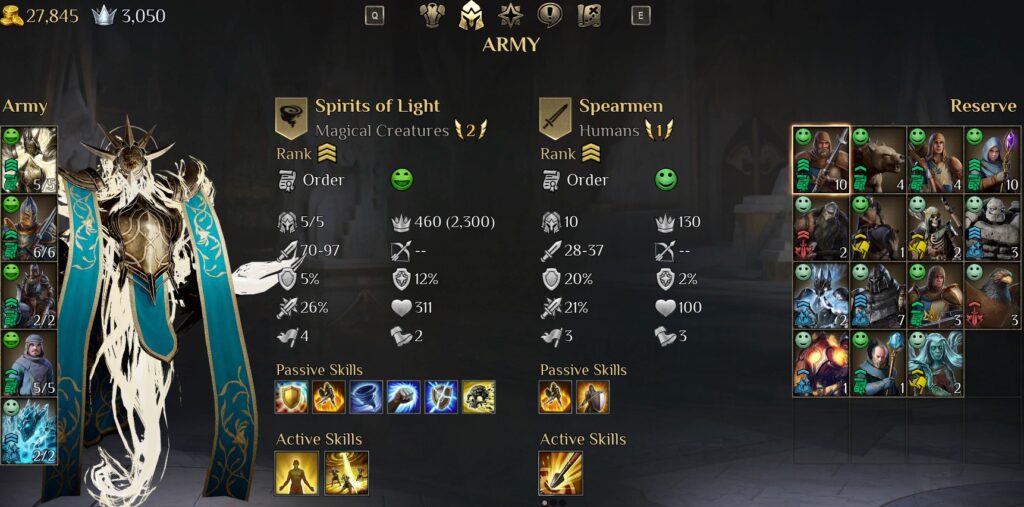
Now let’s talk about other stats & the active + passive skills that each army stack has. Each army has it’s own damage (per unit) + HP (per unit). There are also indicators for armor, resistance to magical & elemental damage, critical chance, initiative, and speed. We also see the active and passive skills.
Passive skills come in many various kinds such as immunity to certain elements or to certain negative or positive effects, as well as vulnerabilities to certain elemental types. There are passives that give other units in the army positive buffs (like +1 more for example) or conditional passives like getting damage reduction/armor when the army’s starting army size is reduced to 50% or lower (for example from 10 to 5 or lower units)., Some passives grant damage to specific enemy types (like dmg to “Giants”), while others classify your unit as a certain enemy type (like “Giant”). There are also passives that are proc with a guaranteed trigger chance or a X% chance to trigger.
As for Active skills I’d say there are 3 general types to consider: ones with a cooldown and unlimited uses, ones without cooldown but a limited amount of uses per fight, and one with cooldown and limited uses per fight. Those can be buffs, de-buffs, damage spells, teleportation and others.
Talents & Ideals:
The Talents Tree is an important element of your character’s Build & Identity. Before we talk about Talent in detail we need to explain what Ideals are. There are 4 Ideals: Order (green), Anarchy (yellow), Power (red), Finesse (blue). Those will be important in deciding your ending and you can raise each of those in multiple ways. One way of increasing a certain Ideal is by making decisions during your quests & side quests where you have to pick one out of a few outcomes (generally there are 2 choices). Each outcome will be tied to a certain ideal (for example siding with the guards may give you some and order point (or more) while siding with the assassins may give you Anarchy point(s). In most cases where you have to pick, you’ll have to pick between one of two outcomes, each associated with an Ideal. It could be between green and blue or between green and yellow, green and red, blue and red, etc. Based on what the outcome choices available are the corresponding colors/ideals will be there.
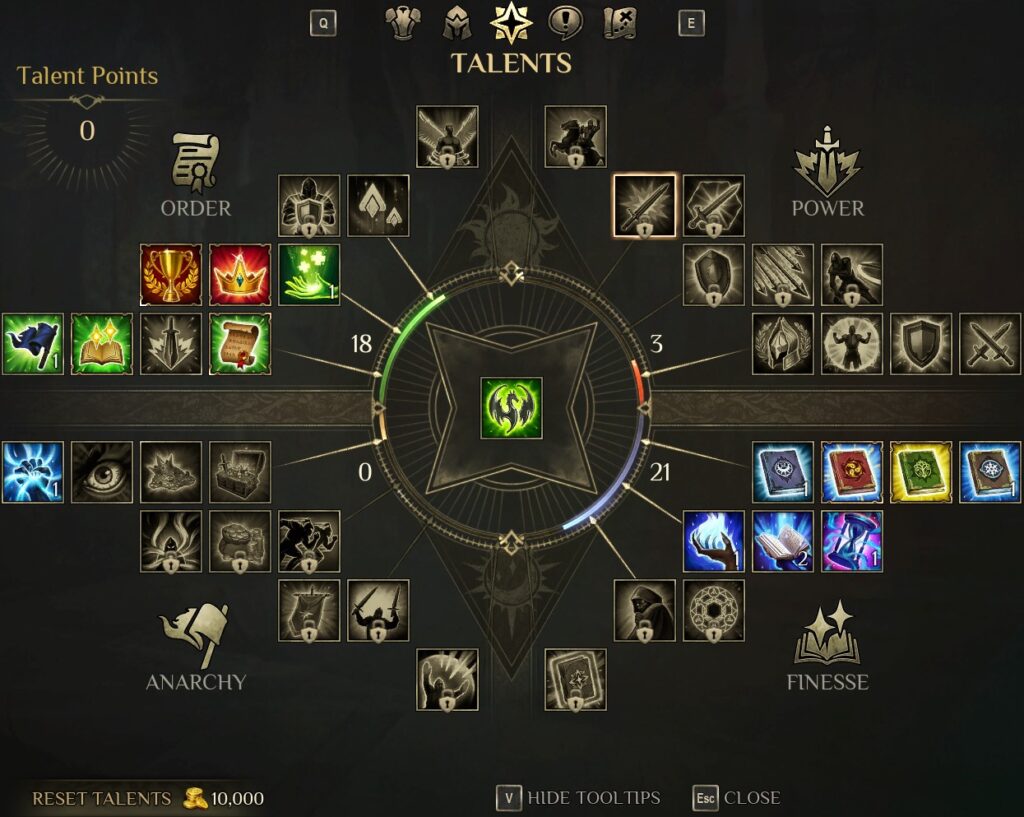
Investing into the Talents under that idea in the talent tree is the other way to get those Ideals higher. So let’s talk about the Talents now.
The Talent tree is split into 4 categories, corresponding to each ideal: Order (green), Anarchy (yellow), Power (red), Finesse (blue). Each time you levelup, you will get talent point to spend as you please. As you invest into the various passive talents in each tree the corresponding idea will also get boosted.
Order (green) contains passive bonus that can boost your healing, the hero’s EXP your leadership, the moral of each Ideal’s unit type when mixed with other units, and other similar bonuses with the final talent of this tree allowing the first allied unit that dies in battle to revive and be restored to its original state (here I assume they mean unit stack and not just unit so if 5 swordsmen die it will go from 0 back to 5 I think).
Anarchy (yellow) contains passive bonuses that allows you to remove enemy buffs with X% chance, dmg for each wounder unit member, various loot/reward related boost like victory earnings or loot cache drops, as well as things like lifesteal, extra unit speed or initiative in the first round, being able to counter attack twice per round, and the final talent there allowing you to reflect 35% of the damage back to the enemy.
Power (red) contains passive boost that affect your army units like +% damage, + armor, + resistance, + evasion, or even warfare for your hero (which translated to unit +% dmg eventually). There are also things that lets your units react to incursions in their control zone twice per round, increase of the crit dmg to 165% (from 150% base crit dmg), or even increased damage from above (when shooting from higher ground). The final talent here makes it so that your army gets 20% more bonus dmg from your warfare stat.
Finesse (blue) is the mage/spellcaster tree. Here you can levelup the 4 various spell “schools”: Death & Darkness, Air & Fire, Life & Light, Earth & Ice which will unlock the ability to learn spells of those shools as well as to upgrade them to higher levels (based on the corresponding talent’s level between I and III). There are also passives that boost your Arcane Knowledge (needed to upgrade spells as well as to be able to increase the max mana available per battle), boost your magic power, as well as let you increase the dmg of your periodic (damage-over time) spells or even decrease the mana cost for upgrading spells. The final talent here will let you cast two spells in each battle round.
Spell Book:
The Spell Book is separated into 5 categories. 4 of those correspond to each “school” of spells: Death & Darkness, Air & Fire, Life & Light, Earth & Ice. The 5th category, Wayfaring Magic is for non-combat spells that will last for the next X battles and can boost your Magic Power, Warfare, Morale, EXP earned and other things.
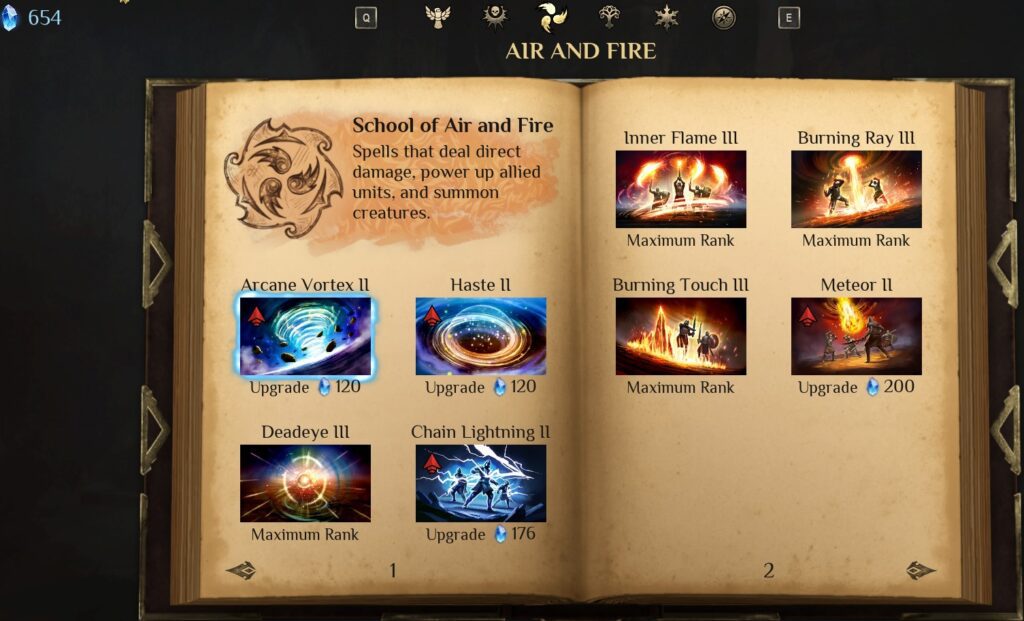
The 4 magic schools each contain specific types of spells and you can use those only during combat. You can either cast spells from scrolls that you have found (consuming the scroll) or research/learn the spell (also consumes the scroll) so that you can use it as much as you want as well as have the ability to level it up (if the corresponding talent in Finesse is learned):
- Death & Darkness – spells that reduce the enemy stats (also has damage dealing as well)
- Air & Fire – deal direct damage, power up allied units, and summon creatures
- Life & Light – heal and increase the stats of allied units (also has summons & damage dealing too)
- Earth & Ice – control enemies and summon creatures (also has damage spells & buffs)
Wayfaring Magic can not be learned and the only way to use those is to find or buy the scrolls that are one-time use per scroll. Stack up on those and if possible buy the scrolls when you see them in a merchant as they could come very handy in certain fights.
Open world Exploration & Looting:
There are a ton of point of interest and “loot hotspots” that one would want to explore. You’ll stumble upon secret loot hidden behind a magically sealed door or in other cases you would need to solve a puzzle based on a riddle or a message so that you can obtain the “secret” loot. The world is vast and one would need dozens of hours to explore everything and finish each side quest.
PROS & CONS:
PROS
- Beautiful World & Gear Design
- It’s Medieval + Fantasy
- Deep Turn-Based Combat System
- Solid VFX, SFX, & OST
- Interesting ‘Build’ Diversity
- Decent Itemization System
- Plenty of Quests & Side Quests
- A lot of loot to pick up around the map
- 3rd Person vs top-down/isometric Exploration?
- choices matter + multiple endings
CONS
- no option to start from sprinting (just auto-jogging)
- could use more QoL such as more “on-hover” tooltips for stats or effects
- no custom maps/scenarios/skirmishes & editor to make those
- no multiplayer
♦ ◊ ♦ ◊ ♦
This concludes my 2-in-1 First Impressions + Newbie Guide for King’s Bounty II. If you’re interested in the game below are links to the various platforms where one can buy it (you can just click the links to open a new tab):
Platforms
Epic Games Store [this is a referral link – i get some profit if you use it]

